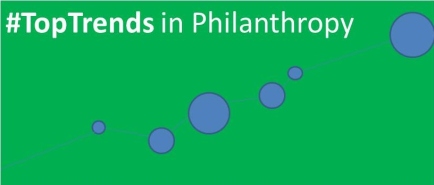
Gabrielle Ritchie: Director, The Change Room
12th July 2016
What are the top trends in South African philanthropy? This is a question that is extremely difficult to answer – so if you have any thoughts or contributions on this very opaque area, please share!
- Is there a trend amongst high- and ultra high networth individuals to establish institutionalised giving structures? Is there an increase in the number of private philanthropic foundations being established? There is almost no access to stats and data on this, and we don’t have access to tax return information such as is available in the US from which data and trends are determined.
- Is there an increase in numbers of intra-community support structures such as stokvels and burial societies? Also, some argue strongly that these are indigenous philanthropies, while others argue that while they are key mechanisms for building community cohesion, there is less evidence that such structures are geared toward social change.
- Are donor-advised funds a thing yet in South Africa? Or are we still limited to the first – and only? – donor-advised fund established by Citadel a few years ago?
- Are social impact bonds a thing yet? Never mind a trend, is there a growing interest in such social development funding mechanisms? Impact investing – are there any trends in this regard? Are philanthropic foundations with investments actually making mission- and impact-focused investment decisions with their capital?
- Are existing funders in South Africa becoming more involved in supporting social justice? Are there evident trends in this regard?
- Is there any remarkably different philanthropy developing in South Africa?
The short answer to all of this is that the levels of research on such topics, while growing, remains limited – and access to information and data about who is investing what on which causes remains sketchy.
If you have answers, thoughts, information,data – share! Knowledge is key to growing philanthropic giving in South Africa, regardless of how you define #philanthropy.
For the latest resources on South African philanthropy – reports, insights, short films, references, links to further information – go to Resourcing Philanthropy at www.resourcingphilanthropy.org.za







